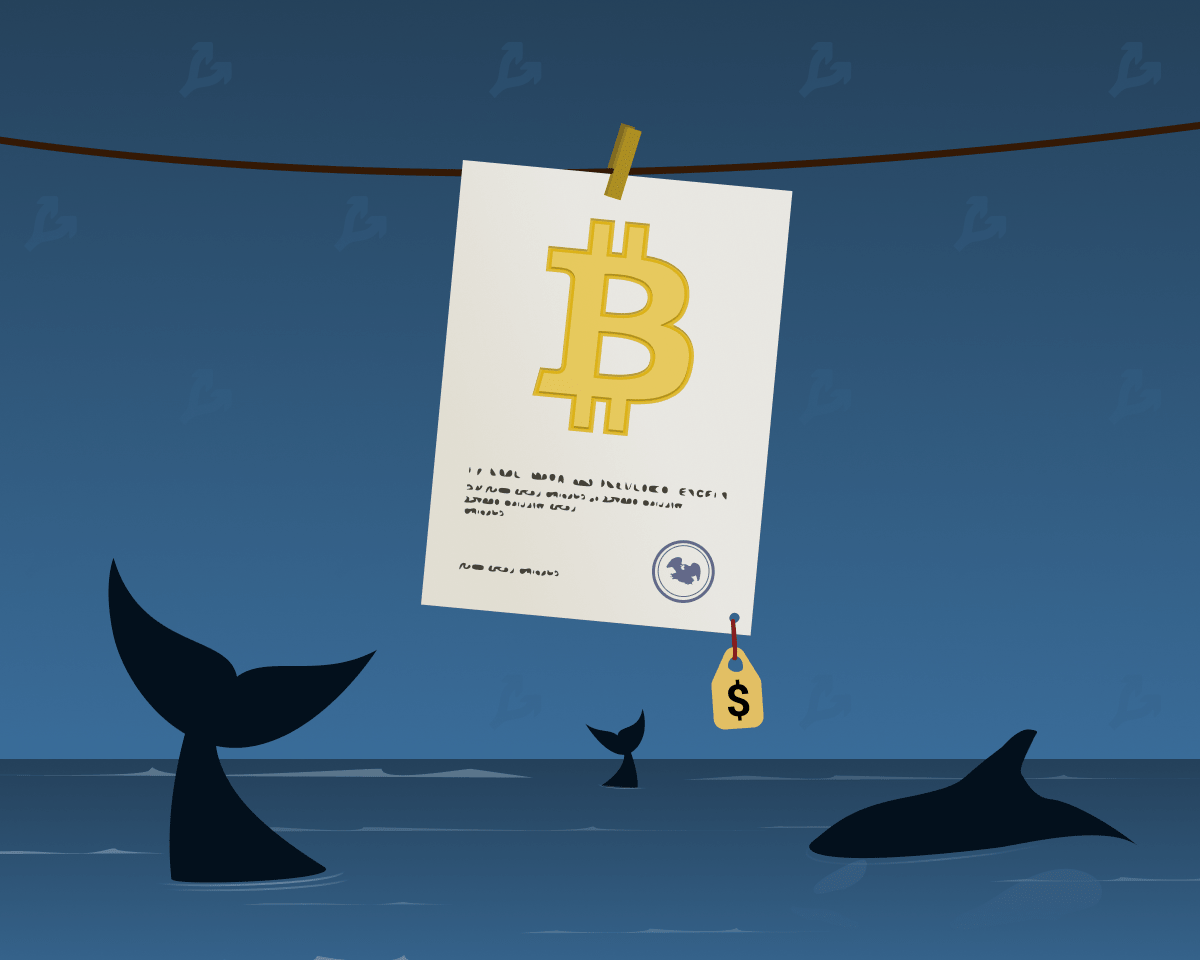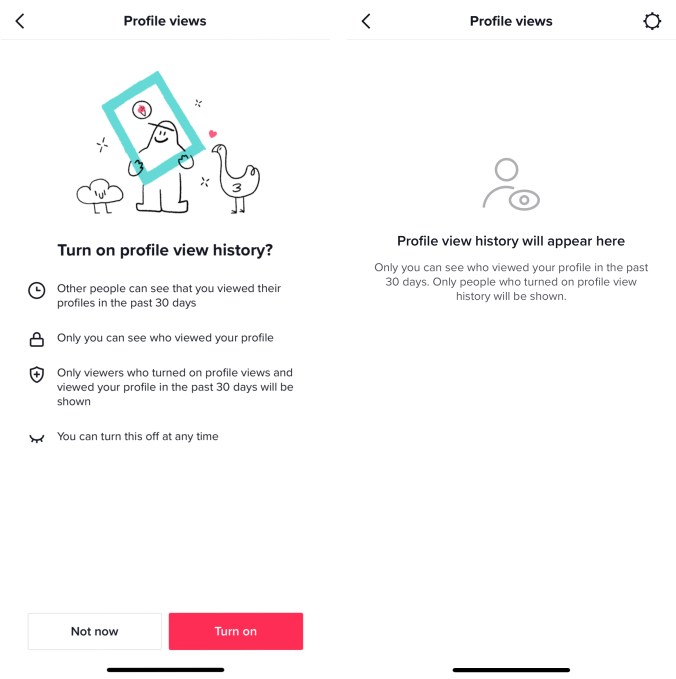
The rise of crypto scams highlights vulnerabilities in blockchain ecosystems, with the latest revelation exposing a fraudulent claim that the US Treasury created an XRP wallet.
An in-depth on-chain analysis revealed the wallet’s origins in the Philippines, despite its initial portrayal as a legitimate source tied to major institutions like Bank of America and JPMorgan.
This incident underscores the dangers of misinformation and the role of social media platforms in amplifying fraud within the cryptocurrency space.
How fraudsters exploited blockchain’s transparency
On January 22, influencer accounts on X (formerly Twitter) began circulating claims about an XRP wallet purportedly connected to the US Treasury.
The wallet’s KYC verification and supposed links to reputable financial entities lent it a veneer of authenticity, which scammers leveraged to deceive the crypto community.
 Source: Crypto.news
Source: Crypto.newsUsing XRPSCAN, investigators determined that the wallet, identified as ‘rfHhX6hA54LBqA3j7r7EnCs6qyaRK2Lyfq,’ was a fraudulent operation originating in the Philippines.
Scammers relied on blockchain’s inherent transparency to give the appearance of legitimacy.
Public records on XRP’s ledger allowed them to manipulate narratives, presenting routine transactions as evidence of official backing.
These tactics were bolstered by the involvement of high-profile influencers, whose reposts amplified misinformation across the platform.
Misinformation on X fuels crypto scams
The role of misinformation in enabling scams is not new, but the decentralised nature of crypto amplifies its effects.
Claims tied to the XRP wallet gained traction through crypto influencers.
The broader crypto landscape is no stranger to scams. Scam Sniffer reported an 87% spike in daily impersonation accounts on X in December 2024, rising from 160 in November to over 300.
🚨 SCAM ALERT: Surge in X Impersonations 📈 Our monitoring system detected a significant increase in crypto fake accounts this week, with daily numbers reaching 300+ (vs. Nov avg. 160) 📊 ⚠️ Two victims lost over $3M recently from clicking malicious links/signing transactions…
These accounts engage in phishing schemes, impersonate credible entities, and exploit blockchain’s trust-based framework to steal assets.
Recent incidents include hijacked accounts of Lenovo India and Yahoo News UK, which were repurposed to promote scam tokens, resulting in significant financial losses.
The need for vigilance and regulatory intervention
This case underscores the urgent need for enhanced vigilance and regulatory measures to curb crypto scams.
The exploitation of blockchain’s transparency, combined with misinformation on social media, creates a dangerous ecosystem where fraud can proliferate.
Beyond individual losses, such incidents erode trust in blockchain technology, potentially stalling its broader adoption.
Users must adopt proactive measures, such as verifying wallet addresses and relying on credible sources for information.
Regulatory bodies, meanwhile, face growing pressure to implement frameworks that balance innovation with consumer protection.
As scams become more sophisticated, leveraging tools like on-chain analysis could play a pivotal role in identifying fraudulent activities before they escalate.
The post Fake US Treasury XRP wallet scam exposed through on-chain analysis appeared first on Invezz
















 English (US) ·
English (US) ·